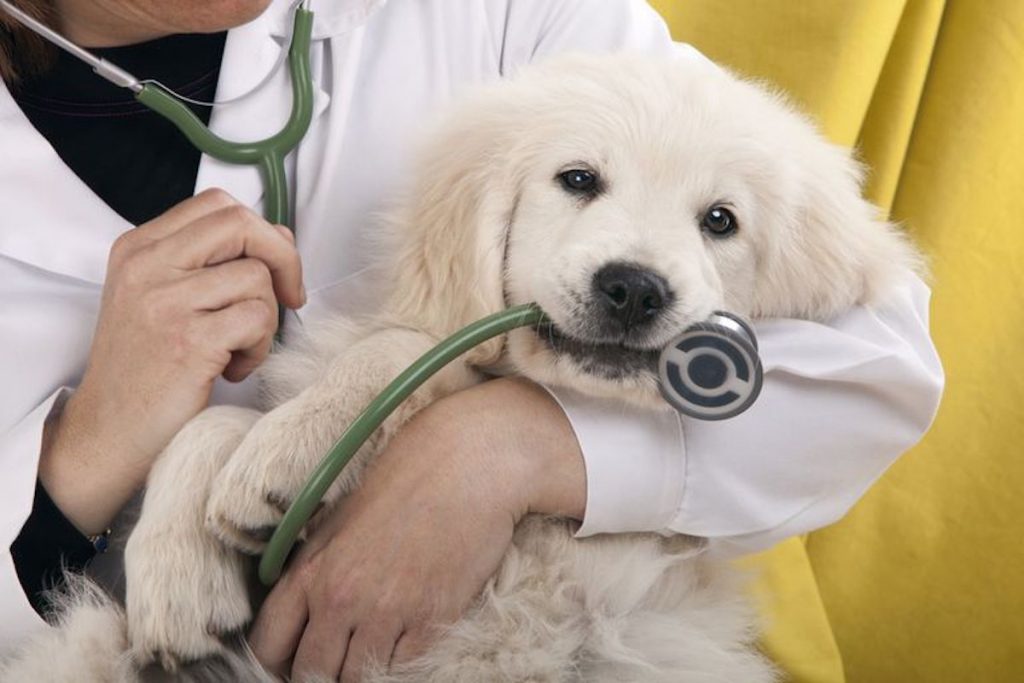Want to Make Extra Money Now?
|
So, you want to take your pet to Europe? Europe is on everybody's travel bucket list. I know I wouldn't pass up 10 days in Italy, would you?
It is the most beautiful travel destinations in the world, filled with beauty, historic architecture, food and loads of adventure. The continent also happens to be every pet lover's delight.
Expect to pay anywhere from $100 to $200 each way. A passenger who pays the fee and meets other requirements may then bring a crated dog into the cabin and place the carrier under the seat in front of her. Each traveler is usually limited to one dog, with a few exceptions.
In addition to the standard requirements (microchip, anti-rabies vaccination, anti-Echinococcus treatment where necessary, EU health certificate), your pet must have a rabies antibody test 30 days after their rabies vaccination and not less than 3 months before traveling to the EU.
Small dogs, cats and household birds can travel in the cabin for a one-way fee, collected at check-in. They must be able to fit in a small, ventilated pet carrier that fits under the seat in front of you. Pets in cabin kennels will count as your one carry-on item.
If you plan to bring your pet on vacation, driving is usually a better option. If you can't travel by car, your pet will probably be healthier and happier if you leave them behind under the care of a pet-sitter or boarding kennel.
You should ensure you've packed everything on your dog travel packing list, get your puppies vaccinations, get your dogs used to shorter road trips first, use sunshades for your back windows, and tire your dog out ahead of the long trip.
How to Prepare Your Pet for Europe Travel
Pet travel schemes have been more flexible yet intricate over the years. One of the best parts about traveling to Europe with pets is that often you don't require tedious paperwork and make vet appointments. Nevertheless, there are some guidelines that you need to follow.
Step 1: Microchip
Your pet needs to have a microchip or a transponder to travel to the European Union. This chip should be readable by standard microchip readers (Your pet should have an ISO-compliant 15-digit microchip).

Microchipping is compulsory for all pets except for dogs that have a distinct tattoo. Microchips help in reuniting the pets with the owner just in case they get misplaced. It is common in countries like when you're visiting Australia where every puppy has a Microchip attached to its body.
Step 2: Rabies Vaccination
Vaccinating your dog is of utmost importance. However, a rabies vaccination is of utmost importance. Rabies is of grave concern in European countries.
Due to this, it is compulsory for every dog to get vaccinated against rabies. The vaccination should be given at least three weeks before arriving in the EU.
If you're Microchipping your dog for the first time, then it should be done before vaccinating the dog against anti-rabies.
Anti-rabies vaccination should only be given to dogs that are at least 12 weeks old. In case you plan to head towards Southern Europe, you should consider getting your dog vaccinated against Leishmania.
After a primary rabies vaccination, the pet must wait 21 days before it’s eligible to enter the EU.
Step 3: Get a EU Health Certificate
The EU Health Certificate is like your dog's passport. These documents certify that your animal is healthy, up-to-date with all the standard vaccines and free of any contagious disease.
The health certificate needs to be documented and completed by an official vet within ten days of entering the European Union. States like Finland, Ireland, Malta, Norway, and the UK require a worming treatment done by the vet 1-5 days before arrival. So if you are planning a trip to Ireland or any other state in the EU, you should schedule and get your pet's worming treatment done at the earliest.

Step 4: Approval of EU health certificate
Once the EU health certificate is sanctioned by a certified vet, it must be approved by a local APHIS veterinary service officer. The vet service officers are responsible for the endorsement of your pet's International health certificate.
You can mail the copy or hand-deliver a hard copy for approval to the APHISVeterinary service officer.
They charge around $38 fee to approve the EU health certificate. This certificate is valid within the EU for approximately four months. The certificate gets invalid if you leave the vicinity of the EU or the rabies vaccine expires.
An accredited veterinarian will need to complete and sign the EU Health Certificate. The EU Health Certificate is similar for all EU countries, but it is country-specific, so be sure to obtain the version based on where you’ll enter the EU.
Step 5: EU pet passport
While humans have a restriction on how long they can stay in the EU, animals are not hampered by any such constraints. If you are planning to continue for more than 4 months you, then get your dog a European pet passport from the local vet.
The EU pet import license is a complex seven-page document that must be filled by your pet and recommended by your country's animal regulatory agency not more than ten days before departure. You can find this form on the EU's embassy website.
The Eu pet passport is very convenient. It makes border crossing hassle free. You don't have to fill out lengthy paperwork every time you cross a new boundary.
The pet passport contains the following documents:
- pet’s health status
- your name and address
- pet identifying information such as breed
- physical traits
- microchip number
- optional pet photograph
Pet-friendly nations in Europe
These nations will gladly accept you and your pup:
- Estonia – Not all but some places allow dogs. Tallinn is probably the most dog-friendly.
- Portugal – Ever since 2017, dogs are allowed in cafes and restaurants.
- Spain – Most restaurants don't allow dogs inside their premises, but you will find dog-friendly places in Barcelona. Be sure to take your pup to the best coffee shops in Barcelona, you won't regret it.
- Sweden – Dogs are mostly not allowed inside the premises of hotels, cafes, pubs due to allergy concerns.
- The United Kingdom – allows dogs in pubs, less formal areas, a restaurant at the open patio.
The following is a list of dogs banned from European countries
Just be careful because some countries won't accept all breeds of dogs. You can see the list below to see if your dog is on the banned list.
Spain
- American Staffordshire Terrier
- Dogo Argentino
- English Bull Terrier
- Staffordshire Bull Terrier
- Rottweiler
- Akita Inu
- Fila Brasileiro (Brazilian Mastiff)
- Tosa Inu
Germany
- American Pitbull Terrier
- American Staffordshire Terrier
- Staffordshire Bull Terrier
- English Bull Terrier
Great Britain
- American Pitbull Terrier
- Dogo Argentino
- Fila Brasileiro (Brazilian Mastiff)
France
- Staffordshire Bull Terriers
- American Pitbull Terriers
- dogs of the Mastiff type
- Tosa Inu
Switzerland
- American Staffordshire Terrier
- English Bull Terrier
- Staffordshire Bull Terrier
- American Pitbull Terrier
- Bandog
- All hybrids and mixes of these breeds that have at least 10% of their bloodlines.
Bringing your pets to Europe
Do extensive research on the places you are planning to visit with your pet. Traveling with a pet is an added responsibility; therefore, it is important that you read all the above-mentioned points carefully.
Consider yourself lucky because bringing your pet to the European countries wasn't always easy.
Before the beginning of the new millennium, if you traveled with a pet to any of the European countries, you would have to board your dog for six months in one of the 80 quarantine kennels in Great Britain. That came with no exercise or frolicking around the parks. There was no governing body, whatsoever, to inspect the kennels and check for quality control.
It wasn't until 1987 that things started to change for non-European pets. An organization named “Passports for Pets” was established by 10,000 members and volunteers. The aim was to change the pet entry system without having to go through segregation. Since February 2000, thousands of pets from non-EU countries could travel to the UK without having to face exclusion.
Want to Make Extra Money Now?
|
